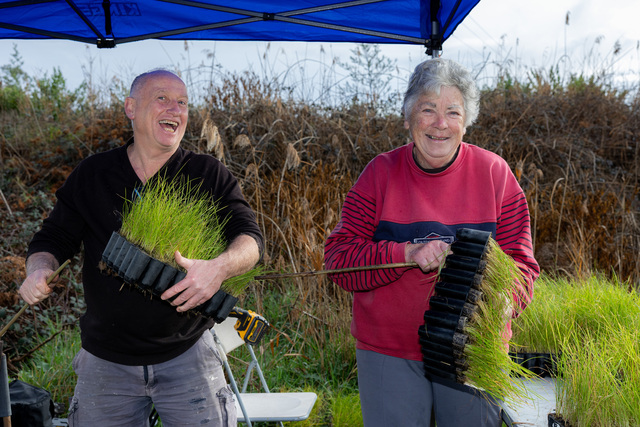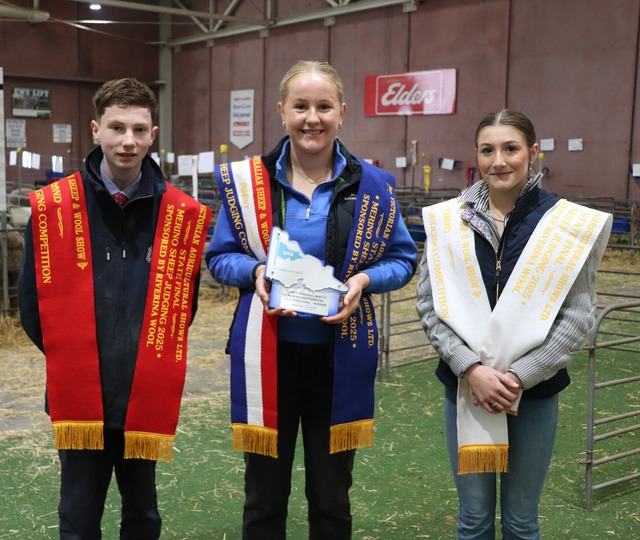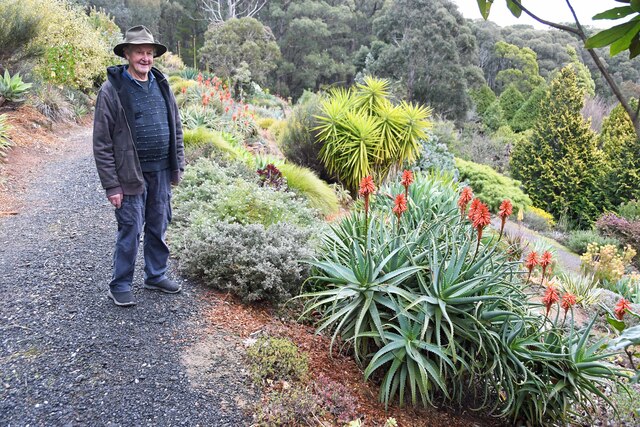By CASEY NEILL
COLLABORATION and tapping into universities were the key topics at a manufacturing forum in Dandenong last week.
About 60 people attended the event at the City of Greater Dandenong civic centre last Thursday, held in response to industry and local government concerns expressed to local Labor MPs.
South East Melbourne Manufacturers Alliance (SEMMA) president Simon Whiteley highlighted a lack of skilled labour, wage rates, investment in other manufacturing regions and congestion.
“The development of the Port of Hastings would be well-received in this area,” he said.
“It costs more to get product to the Port than it does to then ship it to New Zealand.”
Australian Industry Group (Victoria) director Tim Piper said a downturn in manufacturing was a national problem.
“I don’t think governments – plural – appreciate the value of buying local,” he said.
Mr Piper said paying to develop something within the economy fostered collaboration and generated income tax and employment.
“It gives us a chance to prosper,” he said.
Kim Carr, the Opposition spokesman for higher education, research, innovation and industry, said “one should look to manufacturing with a sense of hope and a sense of optimism and a sense of confidence”.
“Manufacturers for generations have built with adversity and have come through,” he said.
“It’s a way of life. It’s not just earning a quid.”
He said our economic system was based on individual competition or “survival of the fittest”, so it was hard for businesses to come together.
“But a country of our size simply can’t afford to ignore the opportunities to co-operate,” he said.
Mr Carr said researchers needed to work with industry, and pointed out that wifi originated from physics research into black holes.
Monash Centre for Additive Manufacturing director Professor Xinhua Wu said manufacturers around the world were facing challenges.
She said new 3D printing technology was not going to save all manufacturers, but “boundless imagination can be realised through technology”.
“If you are not involved, you will be left behind by the world,” she said.
Ms Wu said there needed to be a change in government policy to bring investment and expertise together, and manufacturers needed to think about how to activate the enormous talent at universities.
She said the collaboration needed to be a win-win, with the researcher’s achievement at least recognised, if not financially.
Manufacturing Excellence Taskforce Australia (META) chairman Albert Goller has worked in five countries.
“There’s not any country that has a future in not manufacturing,” he said.
He said bipartisan agreement on a 10 to 15 year plan for manufacturing was needed.
“It’s too important to change policy every three years,” he said.
Mr Goller said collaboration and co-operation were “unbelievable important”.
“Networks will be the foundation of competition,” he said.
He urged businesses to look at what other companies had available before investing in their own equipment.
He said some had machines that were 70 per cent utilised, and time-sharing to reduce costs was an option.







